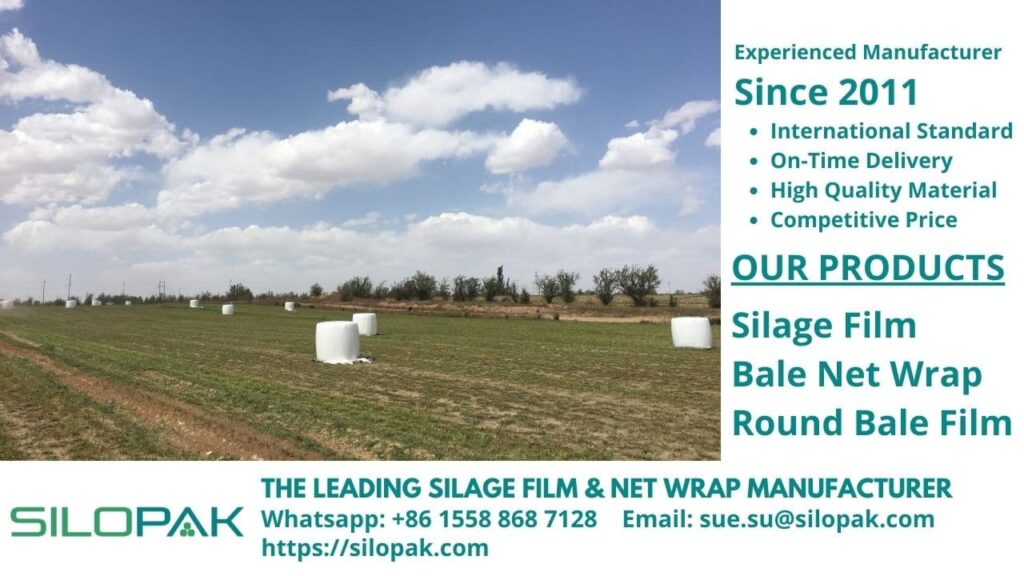
To produce the best quality meat and achieve the expected business profits, farmers usually make a beef cattle feed plan. However, it was not easy to make it. In this article, you can learn tips for making a proper feeding plan. Let’s check it out!
contents
The Best Feeding Tips
Here are some of the tips you must know.
1.Understand Nutritional Needs Well
Beef cattle require special nutrition to produce the best quality meat. That is why most of the information on feeding plans is about detailed ratios and choices of types of fodders and supplements that can help them get enough nutrients to grow and reproduce properly. So, you must understand their nutritional needs well.
In general, the nutrients they need include:
Protein
Although hay and grass contain protein, most cows get optimal protein from grains, such as soybean, cottonseed meal, and linseed. To help young calves grow, farmers often provide mineral blocks that contain extra protein.
Minerals
The basic minerals needed by beef cattle are salt, calcium, phosphorus, and potassium. While the additional minerals needed are iodine, copper, cobalt, zinc, and selenium. These minerals can be obtained from pasture plants. However, the mineral content of pasture plants depends on the mineral content in the soil. So, make sure you maintain the pastures properly so that the soil is rich in mineral content.
To maximize your cattle’s mineral intake, you can place a mineral block under the overhang or a rain shelter that also holds water. Later, when the cattle drink the water from it they will lick the block because it tastes good, and they can get the minerals they need.
Vitamins
The basic vitamins that cattle need are vitamin A, D, E, B, and K. FYI, vitamin B and K are naturally produced by bacteria that live in the rumen (fourth stomach). So, you do not need to give your cattle this vitamin supplement. However, vitamin B supplements should still be given to cattle that are experiencing stress, such as calves that are being weaned or cattle that have just been transported over long distances.
2. Pay Attention to Pasture Maintenance
Well-maintained Pastures can directly provide nutrient-rich feed for your beef cattle. So, you can reduce expenses for supplement needs.
Keeping pastures in good condition is hard work but many consumers find meat from grass-fed cows tastier and better texture than those that don’t. The price is also more expensive. So, your hard work is worth the profit you will get.
In pastures maintenance, sweeping, cutting, and re-seeding them regularly is not enough. You have to pay more attention to many other crucial things. For example, the importance of the right mix of seeds used to produce nutrient-rich grass, the importance of resting one of the pastures in the spring for optimal grass growth, and the importance of controlling weed development to prevent nutrient depletion and the risk of it poisoning your cattle.
3. Importance of Water Intake
Most farmers do not include water requirements in their cattle feed plan. But, you better include it because water is an important component in how to raise cattle properly.
In general, cattle need an intake of 30 gallons of clean and fresh water per day during winter. Of course, this number will increase many times in the summer. So, make sure you measure your cattle’s water needs carefully so that they do not have a shortage of clean and fresh water that can have a negative impact on their health.
In general, farmers who do not have sufficient pastures as a source of feed for all their cattle will buy extra fodders (hay and grains ) so that the feed needs for all cattle can be fulfilled. To save costs, they usually buy in bulk and then store it or use it as silage. If you are also implementing the same system, you should include the details about it in your cattle feed plan.
To maintain the quality of fodders stored or used as silage, it is recommended to use high-quality bale net wrap and silage film. You can easily get them from Silopak because we are the world’s leading bale net wrap and silage film manufacturer with experience serving global consumers since 2011. Please check our website to know the details of all products, prices and how to order through our website.
Hopefully, all these tips can help you make the right beef cattle feed plans. Good luck!
